NEW METHODOLOGIES AND NEW MEDIA
NUOVE METODOLOGIE E NUOVI MEDIA
| A.Y. | Credits |
|---|---|
| 2025/2026 | 6 |
| Lecturer | Office hours for students | |
|---|---|---|
| Carlotta Castellani | At the end of the lessons, in the same classroom, or by appointment via email, in the teacher's office in Palazzo Albani, via Timoteo Viti 10 (ask at the University reception). |
| Teaching in foreign languages |
|---|
|
Course with optional materials in a foreign language
English
French
This course is entirely taught in Italian. Study materials can be provided in the foreign language and the final exam can be taken in the foreign language. |
Assigned to the Degree Course
| Date | Time | Classroom / Location |
|---|
| Date | Time | Classroom / Location |
|---|
Learning Objectives
Art, Science, and Technology: From Techno-Scientific Revolutions to Ecocriticism in Contemporary Artistic Practices
The course aims to equip students with a solid understanding of the transformations in artistic techniques adopted in twentieth-century contemporary art, particularly in relation to concurrent scientific theories. It seeks to provide the tools necessary to explore the relationships between the artist, science, nature, the machine, and the environment through the analysis of specific textual and visual sources.
Students will acquire a specialized art-historical vocabulary as well as historical and philological skills, enabling them to contextualize these transformations within the broader framework of socio-cultural dynamics and techno-scientific developments.
Program
Course Structure
The course, which aims to deepen the understanding of the relationship between art, science, and technology, is structured around a series of case studies, five thematic modules, and an innovative teaching section featuring contributions from two contemporary artists.
Course Outline:
Introduction
Color Theories (3 lessons)
Exploration of historical and scientific color theories and their impact on artistic practices.Mathematical Paradigms and Abstract Art (3 lessons)
Investigation of how mathematical concepts influenced the development of abstract visual languages.Reproduction Techniques (3 lessons)
Analysis of the evolution of mechanical and digital reproduction and its implications for authorship and originality.The Art of the Machine (3 lessons)
Study of the relationship between art and machines, from Futurism to algorithmic art.Art, Environment, and Ecocriticism (3 lessons)
Examination of artistic practices engaging with nature, sustainability, and ecological critique.Artist Talks: Contemporary Art and Environmentalist Discourse (2 lessons)
What does it mean for contemporary art to create a public space for environmental reflection and ecocriticism?
This section features in-class interventions by contemporary artists who will discuss these issues through the lens of their own artistic practices.
Learning Achievements (Dublin Descriptors)
Knowledge and Understanding
Students are expected to acquire a solid ability to recognize and describe the artworks and images presented in class and in the course readings, enabling accurate historical and cultural contextualization. Furthermore, they should demonstrate the ability to analyze images, objects, and texts with appropriate tools and strategies, especially in relation to the interplay between the artist, science, nature, and the machine.
Applied Knowledge and Understanding
Students will develop the ability to distinguish among different artistic techniques and accurately describe their material characteristics. For each case study, suitable methodologies and analytical tools will be introduced for engaging with various media. Upon completion of the course, students will have gained the ability to analyze images from a technical perspective and to further explore visual, textual, and artistic formats.
Critical Thinking and Independent Judgment
Students are expected to develop the ability to contextualize diverse artistic practices within broader contemporary social and cultural dynamics. They will demonstrate critical maturity and independence in their analyses, achieving a well-rounded understanding of artworks within their historical-cultural frameworks. Engagement with critical literature and contemporary visual documents will contribute to the development of a strong historical and philological foundation.
Communication Skills
Students should be able to effectively use specific historical and art-historical terminology, particularly in relation to artistic techniques, both in written and oral forms.
Learning Skills
Students are expected to develop learning abilities that will enable them to continue their studies in a largely autonomous and self-directed manner.
Teaching Material
The teaching material prepared by the lecturer in addition to recommended textbooks (such as for instance slides, lecture notes, exercises, bibliography) and communications from the lecturer specific to the course can be found inside the Moodle platform › blended.uniurb.it
Supporting Activities
Some lessons may take place outside the classroom in order to directly observe the artworks discussed during the course. The destination and schedule of these visits will be discussed and agreed upon with the students during the semester.
Teaching, Attendance, Course Books and Assessment
- Teaching
In-class lessons.
- Innovative teaching methods
Flipped Classroom and Learning by doing.
- Attendance
In order to be considered attending students, students must attend at least two-thirds of the lessons.
- Course books
extbook:
Silvia Bordini (a cura di), "Arte contemporanea e tecniche. Materiali, procedimenti, sperimentazioni", Carocci, Roma 2007.
Beyond the study of this text, is requried the knowledge of the topics covered during the course, for which slides and further readings will be downloaded on the Moodle platform for easy consultation.
- Assessment
A student is considered to be attending if he/she has attended at least 25 hours of lessons, corresponding to 70% of the total hours. The final evaluation will be based on the following criteria
a) punctuality and attendance at lessons, class participation: 30% (9/30 of the final grade)
b) assessment through a final exam. Assessment will take place through a written exam. This exam will consist in the recognition of three artworks among those studied in class or present in the reference manuals or PPT (7 + 7 + 7 = 21/30). For each image, starting from the recognition of the author, the title and the year, the student must be able to describe the technique of execution using the specific terminology, and then contextualize the various artistic practices in the context of contemporary social and cultural dynamics, demonstrating maturity in critical re-elaboration and appropriate knowledge of the bibliography: 70 % (21/30 of the final grade)
- Disability and Specific Learning Disorders (SLD)
Students who have registered their disability certification or SLD certification with the Inclusion and Right to Study Office can request to use conceptual maps (for keywords) during exams.
To this end, it is necessary to send the maps, two weeks before the exam date, to the course instructor, who will verify their compliance with the university guidelines and may request modifications.
Additional Information for Non-Attending Students
- Teaching
Individual study.
- Course books
To give students and non-attending students the opportunity to compensate for what is done during lessons with independent study, the following materials referring to the same contents of the program are indicated in order to promote full understanding
Textbook:
Simona Rinaldi, Colore e pittura: teorie cromatiche e tecniche pittoriche dall'Impressionismo all'Astrattismo / Roma: Aracne ; 2004
Silvia Bordini (a cura di), "Arte contemporanea e tecniche. Materiali, procedimenti, sperimentazioni", Carocci, Roma 2007.
John Gage, Colore e cultura. Usi e significati dall'antichità all'arte astratta, Istituto poligrafico e zecca dello stato, Libreria dello stato, Roma 2001
- Assessment
Assessment through a final exam. Assessment will take place through a written exam. This exam will consist in the recognition of three artworks among those studied in class or present in the reference manuals or PPT (7 + 7 + 7 = 21/30). For each image, starting from the recognition of the author, the title and the year, the student must be able to describe the technique of execution using the specific terminology, and then contextualize the various artistic practices in the context of contemporary social and cultural dynamics, demonstrating maturity in critical re-elaboration and appropriate knowledge of the bibliography: 70 % (21/30 of the final grade)
- Disability and Specific Learning Disorders (SLD)
Students who have registered their disability certification or SLD certification with the Inclusion and Right to Study Office can request to use conceptual maps (for keywords) during exams.
To this end, it is necessary to send the maps, two weeks before the exam date, to the course instructor, who will verify their compliance with the university guidelines and may request modifications.
| « back | Last update: 29/06/2025 |



